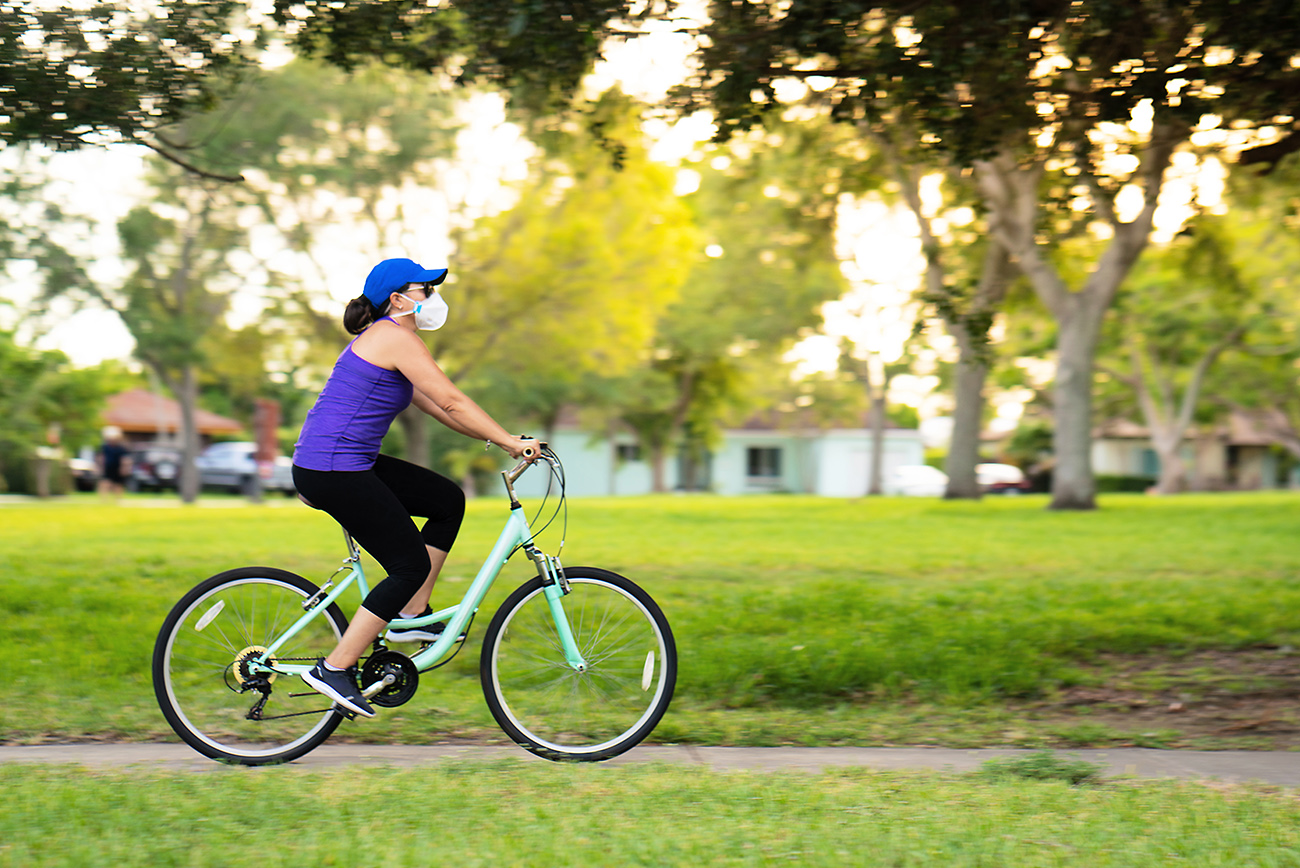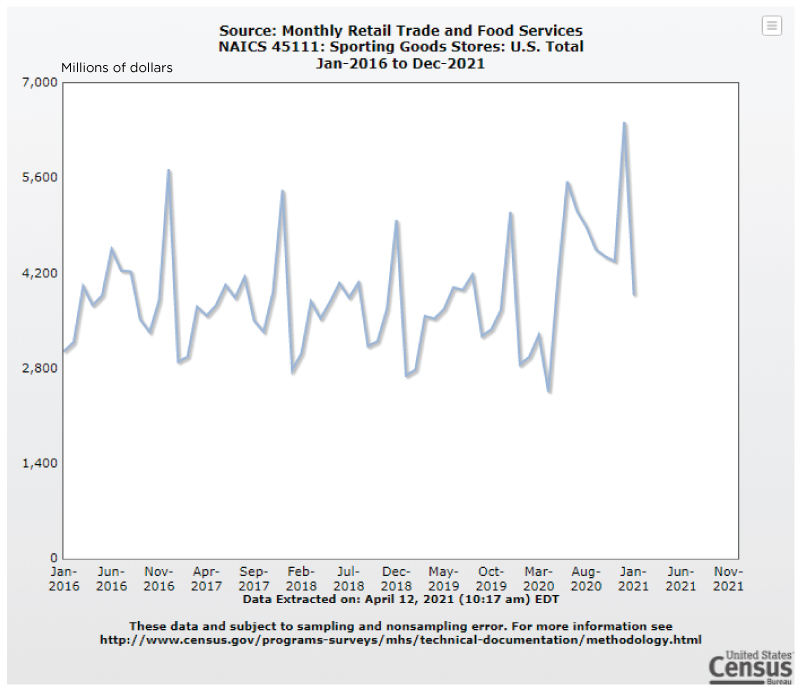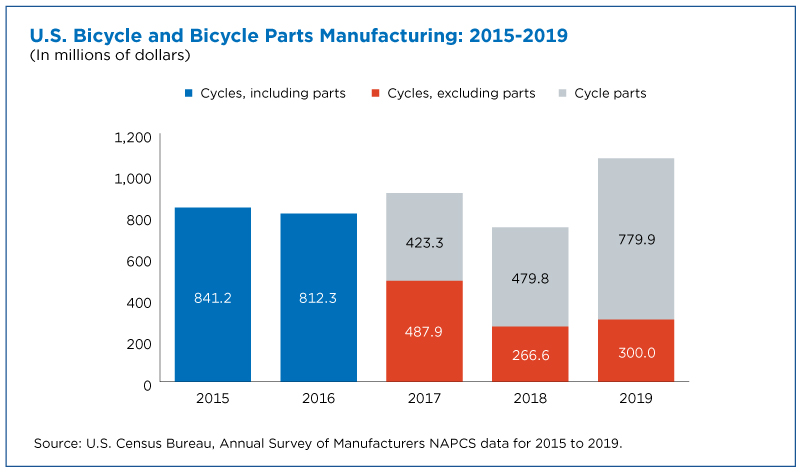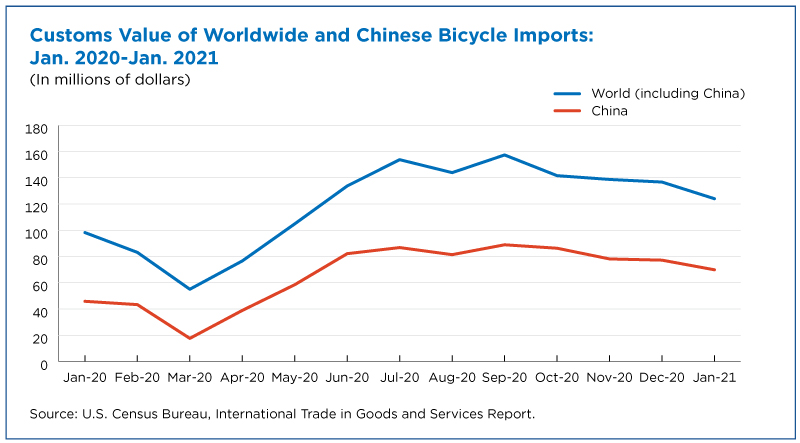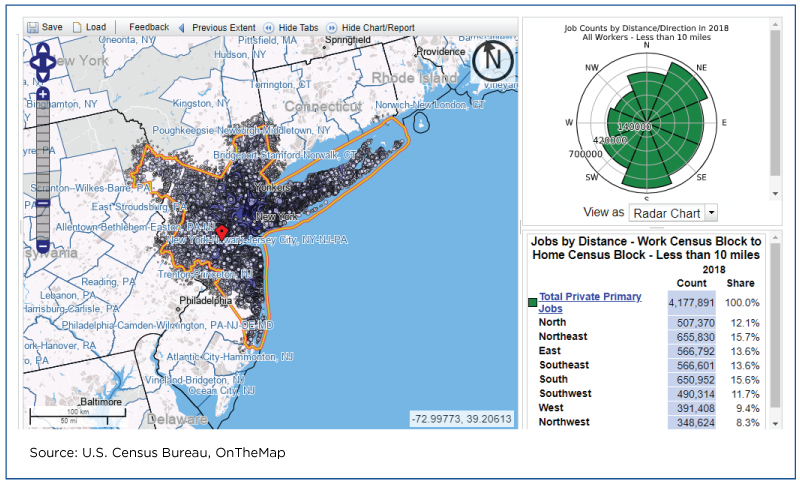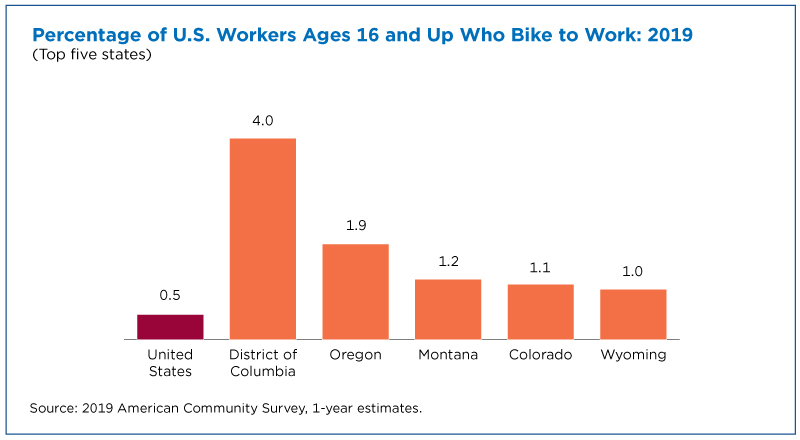Surge in Demand Prompts Bicycle Shortages, Higher Prices
When parts of the country were under orders to stay home and health clubs closed to help contain the spread of the coronavirus, many fitness-starved Americans turned to cycling for outdoor exercise, triggering a bike shortage.
Among the reasons cited: supply chain issues with U.S. bike manufacturers, decreased imports when factories in East Asia shut down due to the pandemic and America’s stay-at-home orders. Bicycle Retailer and Industry News reports the shortage will probably continue until mid-2022.
When many fitness centers across the United States closed temporarily, gym members quickly looked for other alternatives. Since exercising alone was a better way to reduce risk, biking solo was among the activities folks embraced amid the pandemic.
According to data from the 2017 Economic Census, 6,521 sporting goods stores sold an estimated $3.6 billion worth of bikes in the United States.
Those sales accounted for 14.1% of total sales of sporting goods stores that sold bikes ($25.6 billion) and 8.1% of all sporting goods stores sales ($44.5 billion).
An additional $454.3 million in bike sales came from 277 Nonstore Retailers, or “online” sellers.
Sporting goods store sales fell in April 2020, shortly after the start of the pandemic in the United States, but rebounded and surpassed pre-pandemic levels by March 2021 (the latest data available).
Sales rebounded but the bike shortage continued through 2020 and into 2021.
Love of Biking
Riding a bicycle has been a popular form of exercise for decades, rising in popularity in the 1980s when mountain biking became a sport, followed by increased interest in bicycle racing in the 1990s.
When many fitness centers across the United States closed temporarily, gym members quickly looked for other alternatives. Since exercising alone was a better way to reduce risk, biking solo was among the activities folks embraced amid the pandemic.
This burst of interest in biking increased demand for lower-priced bikes and, at the same time, bike afficionados continued to buy high-end gravel, mountain, road and electric bikes that can cost thousands of dollars.
Bike Manufacturing
In 2019, U.S. manufacturers shipped $300.0 million in bicycles and $779.9 million in bike parts — a total of nearly $1.1 billion. This total was up from the $746.3 million in 2018 and $911.2 million in 2017.
Data for 2020 are not yet available but these supply chain problems and other issues are likely to impact shipments for the year.
Bike Imports and Exports
With $3.6 billion in bike sales and only $487.9 million in U.S. bike manufacturers’ shipments in 2017, it’s clear that American consumers have relied heavily on imports of bicycles — primarily from China.
Bike imports dipped significantly in March 2020 but, by September, imports had rebounded. More than half of the $124.0 million in bicycle imports in January 2021 came from China ($69.8 million). Taiwan ($30.0 million) and Cambodia ($14.6 million) ranked second and third.
Despite manufacturing supply chain issues, U.S. businesses still exported $10.1 million in bikes in June 2020. This number decreased to $6.8 million in December 2020 but rose to $8.4 million in January 2021.
Getting to Work
People not only ride bikes for leisure and exercise but for transportation, too.
People now are choosing bikes instead of mass transit for their safety to avoid crowded buses or metros. It also reported that cycling traffic after the pandemic began in 2020 increased by 50% from the same time the previous year in New York City and that several metro areas modified traffic patterns and opened more miles of roads to accommodate bikers and pedestrians.
Using the Census Bureau data tool OnTheMap, the “Distance/Direction” analysis of commutes shows travel patterns between residence and employment locations for workers living and working in a selected area.
The figure below focuses on the 4,177,891 workers in New York City who travel less than 10 miles to work — considered within biking distance.
Still, even with this growth, bicycles still make up a very small portion of the mode of transportation American commuters use. The District of Columbia led the nation with 4% of their workforce biking to work but only 0.5% of workers nationwide biked to work in 2019.
As summer approaches, bike suppliers are hopeful that manufacturers were able to catch up with demand over the slower winter months.
Earlene K.P. Dowell is a program analyst in the Census Bureau’s Economic Management Division/Data User and Trade Outreach Branch.
Andrew W. Hait is a Census Bureau survey statistician/economist.
Subscribe
Our email newsletter is sent out on the day we publish a story. Get an alert directly in your inbox to read, share and blog about our newest stories.
Contact our Public Information Office for media inquiries or interviews.
-
America Counts StoryWere American Homes Ready for the Pandemic?April 13, 2021Isolating when someone is infected with COVID-19 is challenging when 38% of U.S. multi-person households don’t have two bathrooms and enough bedrooms.
-
America Counts StoryWorking From Home During the PandemicMarch 31, 2021The U.S. Census Bureau’s Household Pulse Survey shows that those who increased frequency of telework had higher income and education and better health.
-
America Counts StoryYoung Adults Living Alone Report Anxiety, Depression During PandemicJanuary 13, 2021The U.S. Census Bureau’s Household Pulse Survey provides insight into the mental health and well-being of adults living alone during COVID-19.
-
Business and EconomyWhat Is the Nonemployer Marine Economy?April 09, 2025Thirty states had nonemployer businesses in marine economy sectors, including six states in the Midwest with receipts totaling nearly $11 billion in 2022.
-
Business and EconomyEconomic Census Geographic Area Statistics Data Now AvailableApril 07, 2025A new data visualization based on the 2022 Economic Census shows the changing business landscape of 19 economic sectors across the United States.
-
Income and PovertyWhat Sources of Income Do People Rely On?April 02, 2025A new interactive data tool shows income sources for hundreds of demographic and economic characteristic combinations.
-
Business and EconomyBig Improvements to the Annual Integrated Economic Survey (AIES)March 26, 2025The Census Bureau is making several changes and enhancements to capture 2024 economic data based on feedback from last year’s survey.


